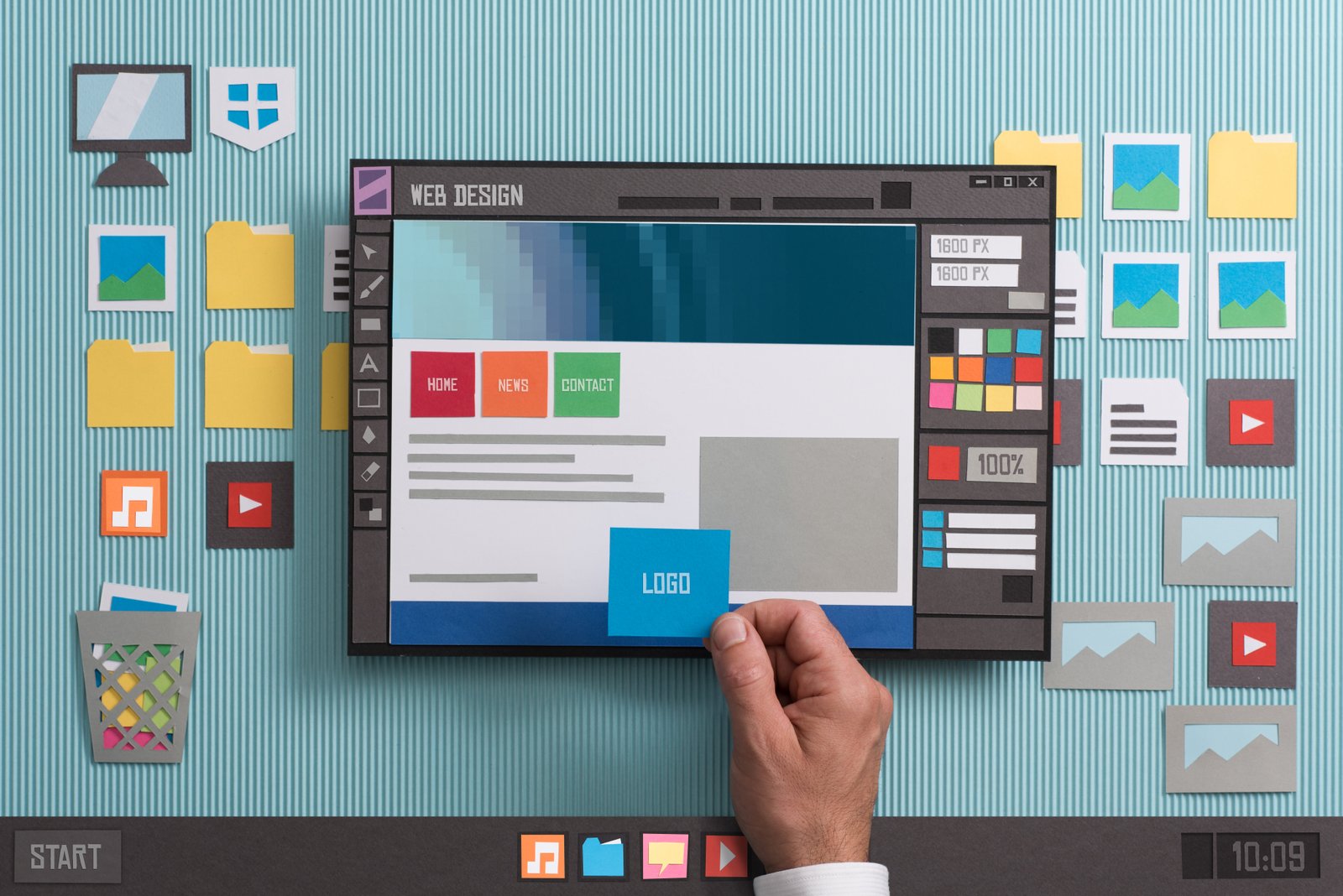In today’s fast-paced digital world, creating a website that resonates with users is crucial. User-centric design is the approach that prioritizes the needs, preferences, and behaviors of users, ensuring that the final product is not only functional but also enjoyable to use. This concept has become a cornerstone of modern web development, and for good reasons.
What is User-Centric Design?
User-centric design places the user at the heart of the development process. It involves understanding the target audience's needs, behaviors, and challenges through research and then creating a design that addresses these factors. This approach ensures that every element on the website serves a purpose and enhances the overall user experience.
Why User-Centric Design Matters
1. Improved User Experience (UX):
A website designed with the user in mind is easier to navigate and more intuitive. For instance, an e-commerce site with a clean, straightforward design and clear calls to action can significantly reduce the time it takes for a customer to make a purchase, leading to higher conversion rates.
2. Increased Engagement:
When users find a website easy to use and aesthetically pleasing, they are more likely to spend time exploring it. For example, a well-designed blog with a clear layout and engaging content can keep readers on the page longer, reducing bounce rates.
3. Better Accessibility:
User-centric design also means creating websites that are accessible to everyone, including those with disabilities. This could involve adding alt text to images, ensuring that the site is navigable via keyboard, or using high-contrast color schemes for better readability. Such considerations not only broaden your audience but also improve your site's search engine ranking.
4. Enhanced Brand Perception:
A user-friendly website reflects positively on your brand. Imagine a potential client visiting your site and finding it easy to navigate, with all the information they need readily accessible. This positive experience can lead to increased trust and a higher likelihood of them choosing your services.
Example of User-Centric Design in Action
Apple: Apple’s website excellent example. It combines a sleek design with intuitive navigation, ensuring that users can easily find products and information. The site’s responsive design also ensures a consistent experience across all devices.
How to Implement User-Centric Design
1. Conduct User Research:
Start by understanding who your users are. What are their needs? What challenges do they face? Use surveys, interviews, and analytics to gather insights.
2. Create User Personas:
Based on your research, develop user personas that represent different segments of your audience. This will help guide your design decisions.
3. Focus on Usability:
Ensure that your website is easy to navigate. Test it with real users to identify any pain points and make adjustments as needed.
4. Prioritize Mobile-Friendly Design:
With more users accessing websites via mobile devices, it’s essential to ensure that your site is fully responsive.

Conclusion
Incorporating user-centric design in your web development process is not just about creating a beautiful website; it’s about crafting an experience that resonates with your users. By understanding their needs and preferences, you can create a site that is not only functional but also delightful to use.
Ready to elevate your website with a user-centric design approach? Contact us today to learn how our expert team can help you create a website that truly connects with your audience and drives results.
Partnering with experienced web development agencies can greatly enhance the user-centric design process. These agencies, like Groot Technologies, bring expertise in understanding user behavior, leveraging the latest design trends, and implementing best practices to create websites that not only look great but also function seamlessly. By collaborating with professionals, businesses can ensure their websites are built with a strategic focus on user experience, driving better engagement and results.
 GROOT TECHNOLOGIES
GROOT TECHNOLOGIES
